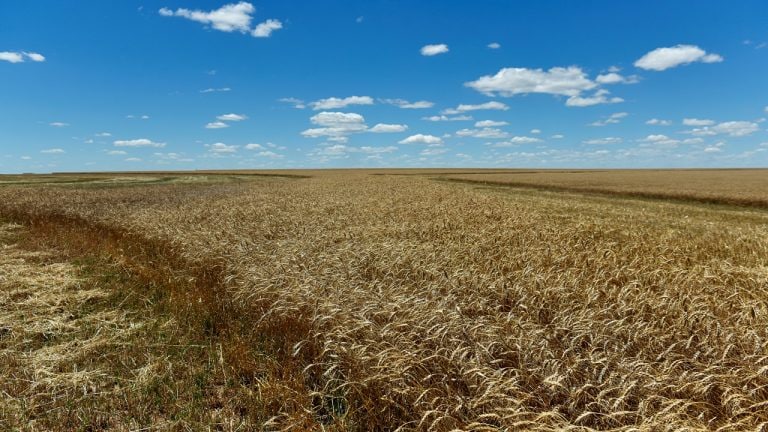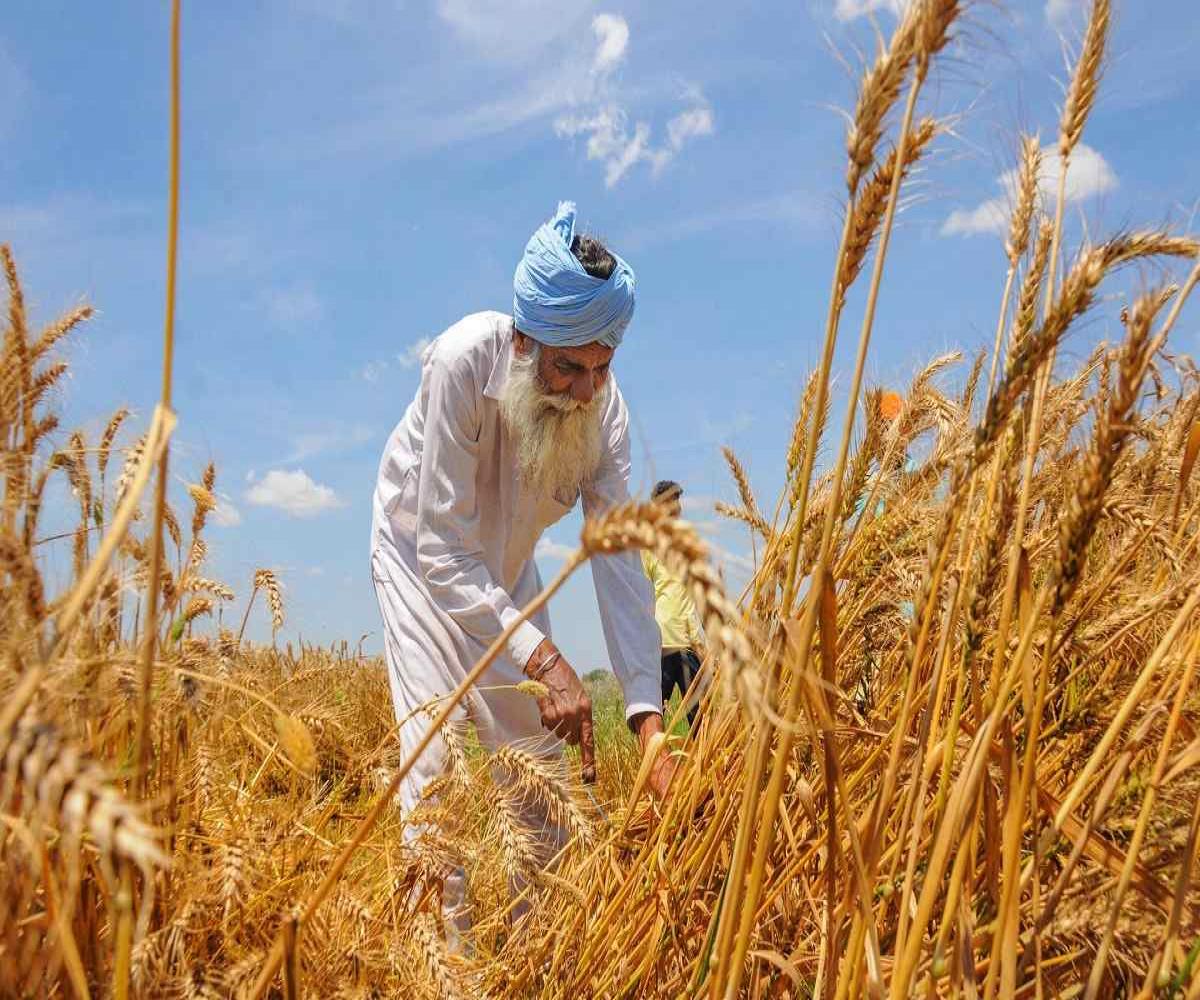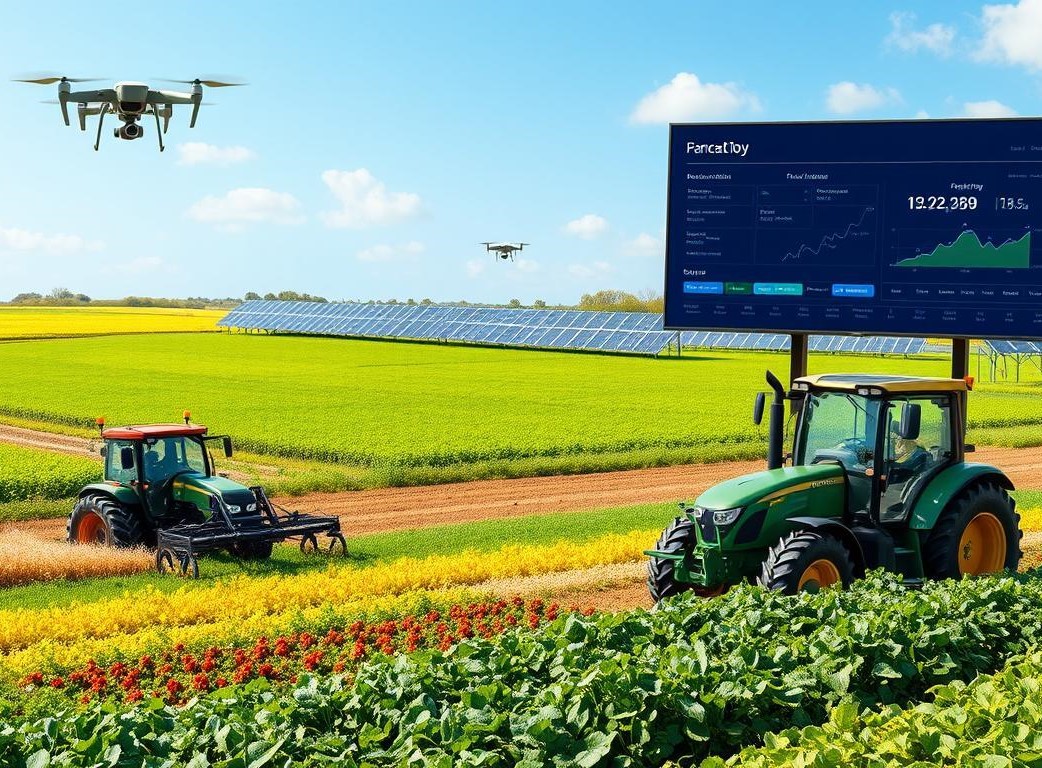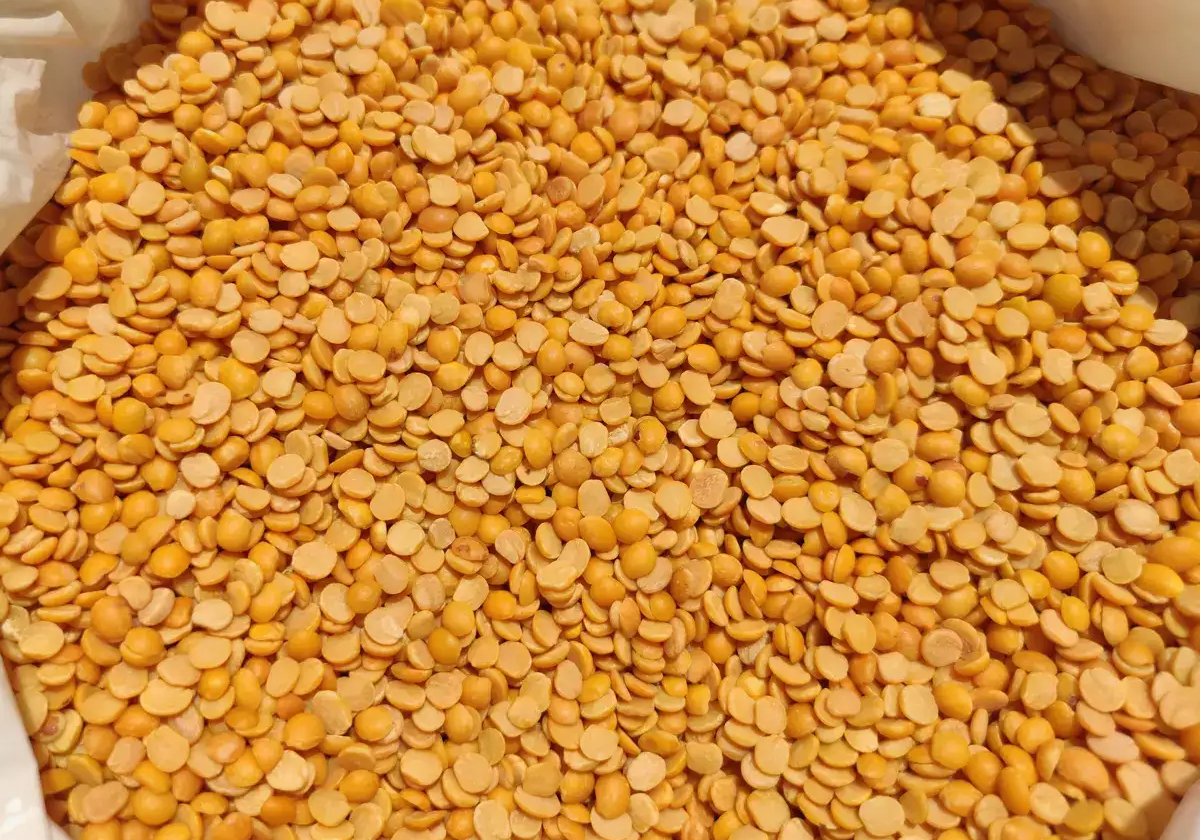The objective of this note is not only to provide information on the ongoing Rabi season but also to comprehend the relation between the status of the crop sown in relation to its production, prices owning to climatic, socio-economic and political conditions.
Sowing of Rabi crops began across the country despite the pandemic of Covid-19 and the several nationwide restrictions. The Rabi season in India starts in October and ends in December after the monsoon season ends, which is during the winter period. A good rain during winter will spoil the Rabi crops and these crops are grown either with rainwater that has penetrated into the ground or by different irrigation methods.

The Ministry of Home Affairs had issued a consolidated guideline on measures that have to be taken for containment of Covid-19, which would ensure smooth functioning of agricultural operations. The Standard Operations Procedures (SOPs) have been communicated to farmers for their safety and keeping social distancing while undertaking farm-related activities. As a result of timely interventions and exemptions, this would result in optimistic results, both for sowing and harvesting activities during this Rabi season.

Most of the key growing states in India where the above-mentioned crops are grown are Madhya Pradesh, Rajasthan, Uttar Pradesh, Maharashtra and Gujarat.
Monsoon output:
As per India Meteorological Department (IMD) For the country as a whole, cumulative rainfall during this year’s pre-monsoon season till March 10, 2021, is below the Long Period Average (LPA) by 58 per cent. Details of the rainfall distribution over the four broad geographical regions of India are given below:

Sowing and Production trend:

Total crops under Rabi season was 684 LH in 2020-21 up by 2.77 per cent compared to 665.59 in the corresponding period.

Note: Figures for Oilseeds are in Lakh tonnes (LMT) and for the rest are mentioned in million tonnes (MMT)
Mandi arrivals have started to increase for most Rabi crops as the harvesting period is about to commence and there have been significant arrivals compared to a month on month from February 2021 as compared to January 2021.
Road ahead:
The government had increased the minimum support price (MSP) for most Rabi crops this Rabi Marketing Season (RMS) such as Barley, Gram, Mustard Seed by 5 per cent and Wheat by 3 per cent.

As weather conditions were favourable as per the IMD’s predictions, there can be an expected good harvest this Rabi season which could also increase production. While the increase in crop acreage has eased the fear of a fall in production, whereas a bright expected harvest outlook also throws a challenge to the government to deal with a situation of the abundance of produce especially if the Covid-19 crisis continues. Agriculture has strong links with industrial and services sectors, plus a direct bearing on the rural economy and consumption. It would increase farm productivity by giving more money to farmers and it would also keep inflation in check by increasing the supply of food articles.








 Connect With Us
Connect With Us